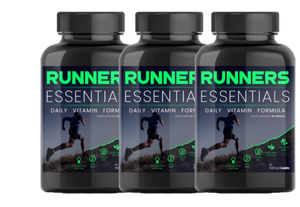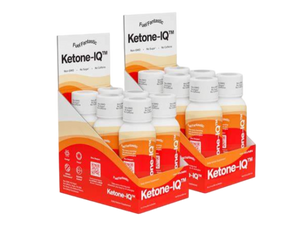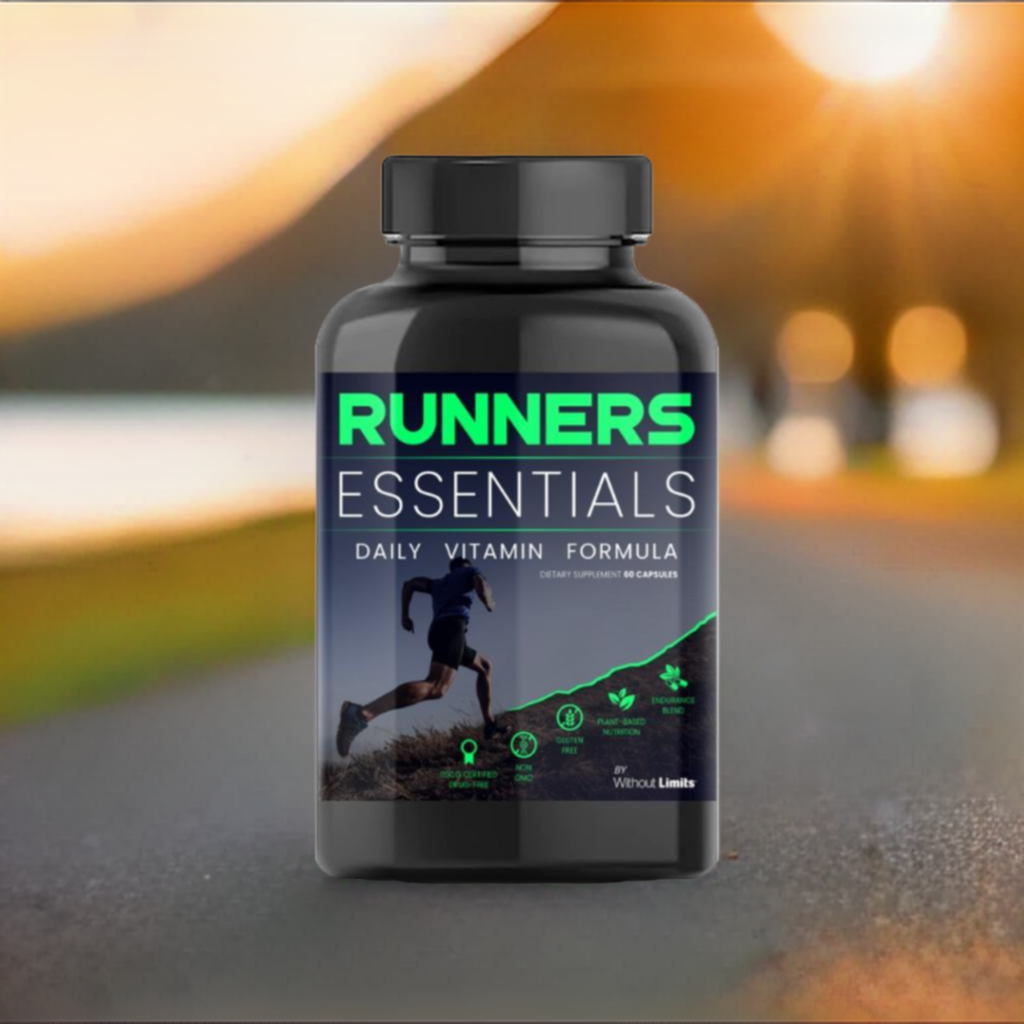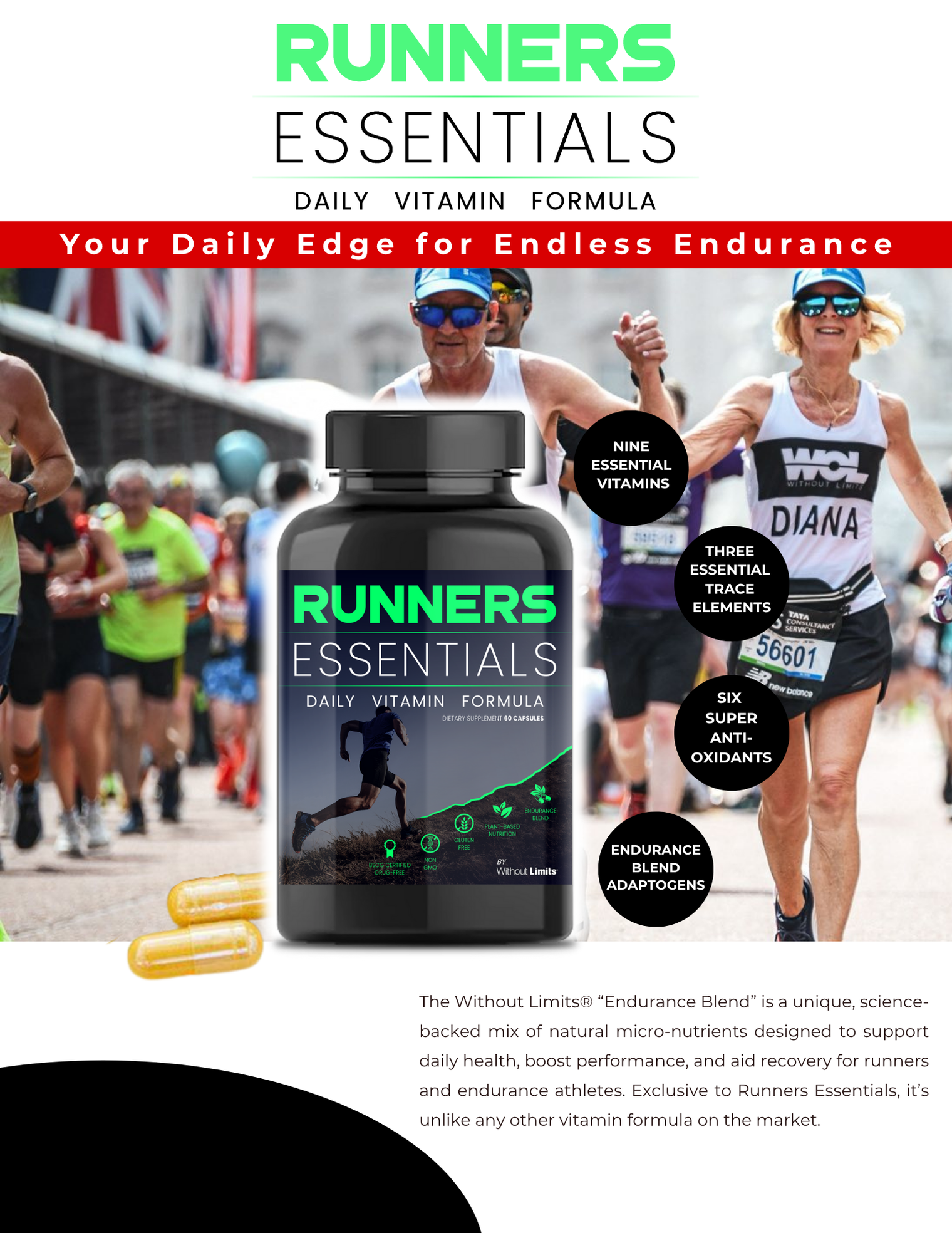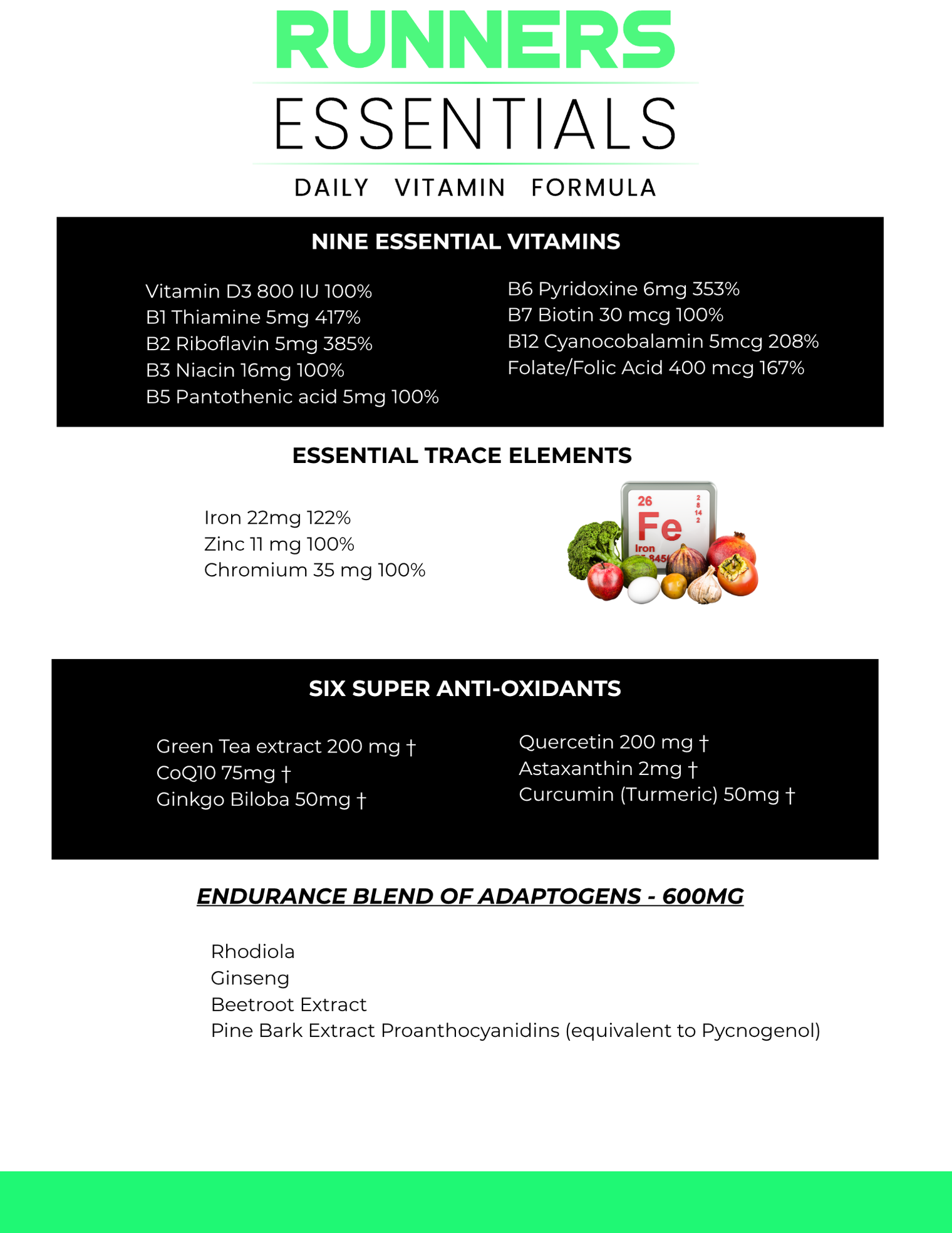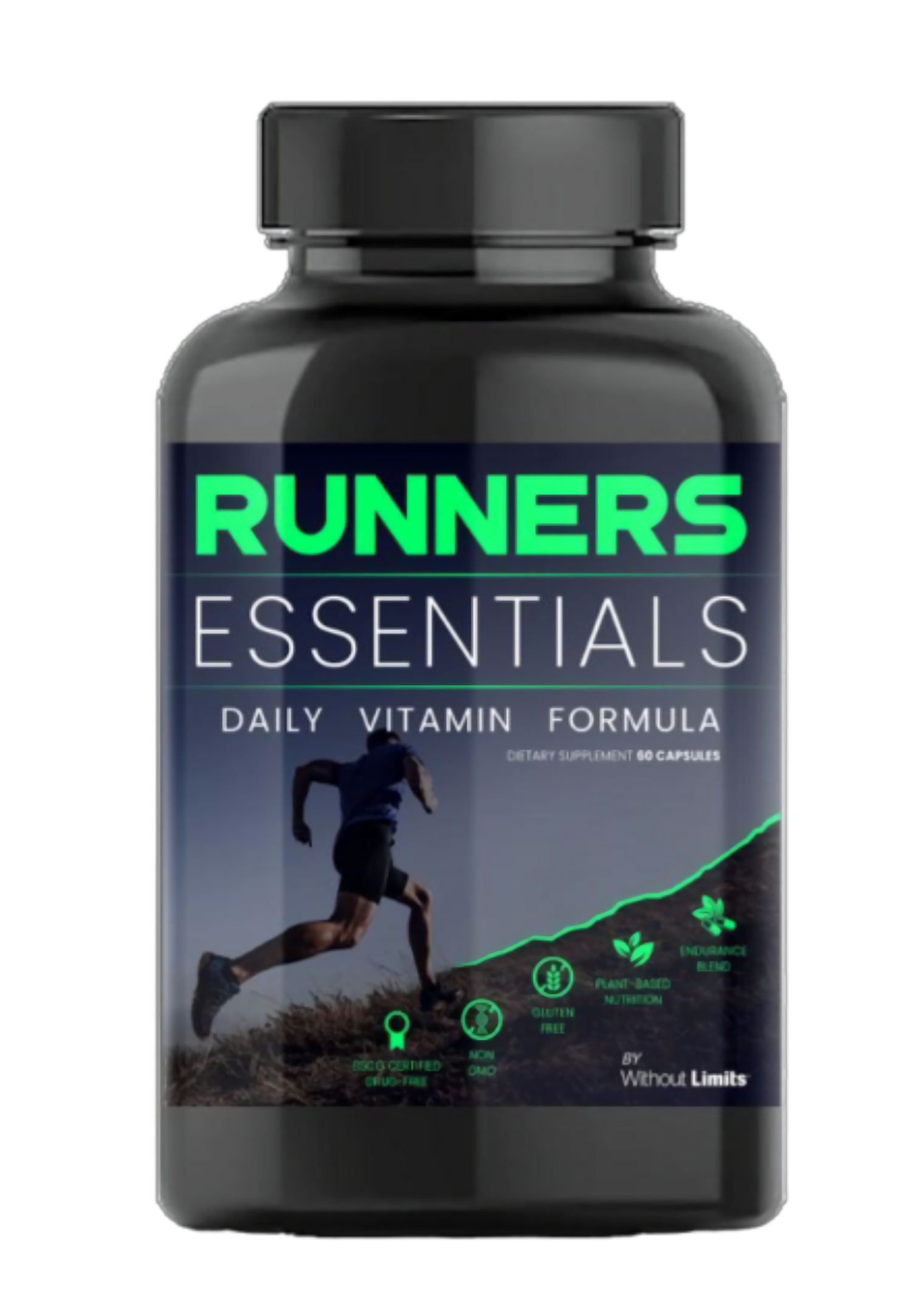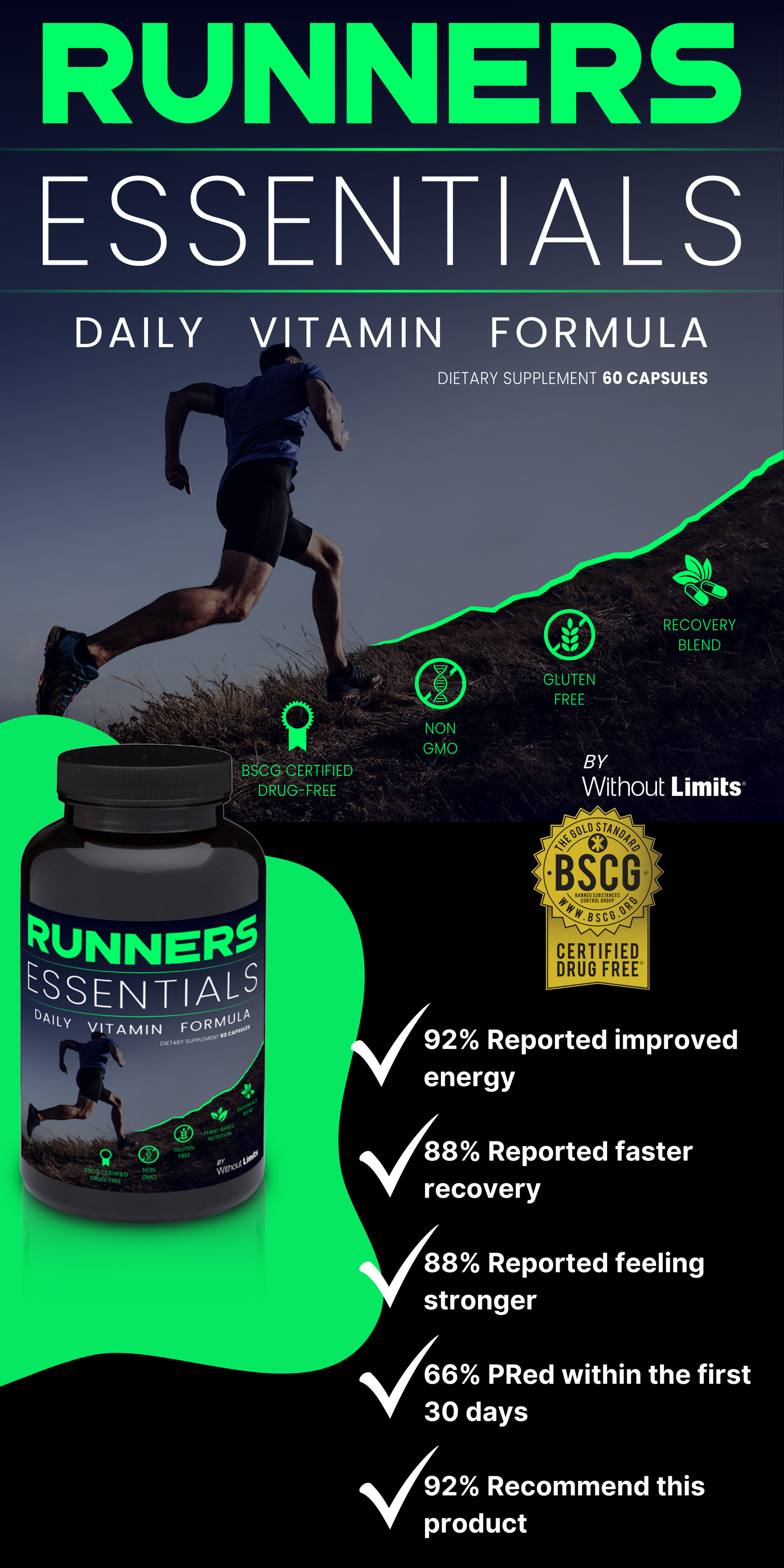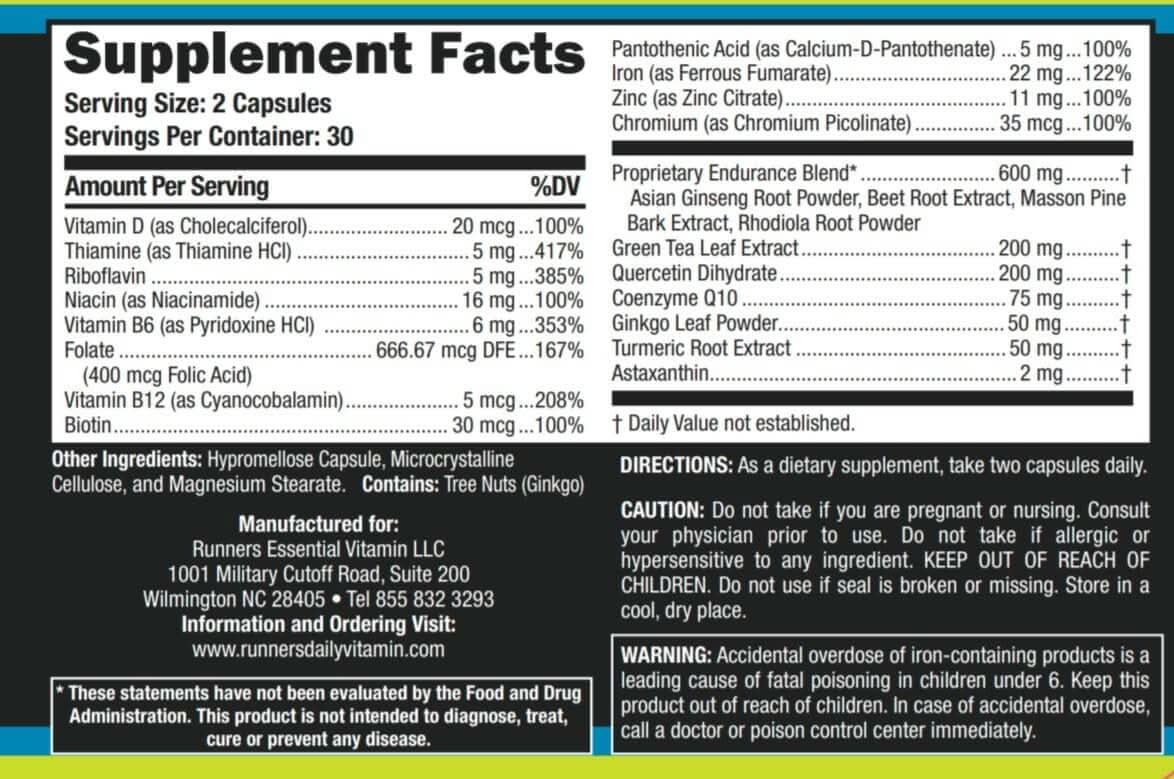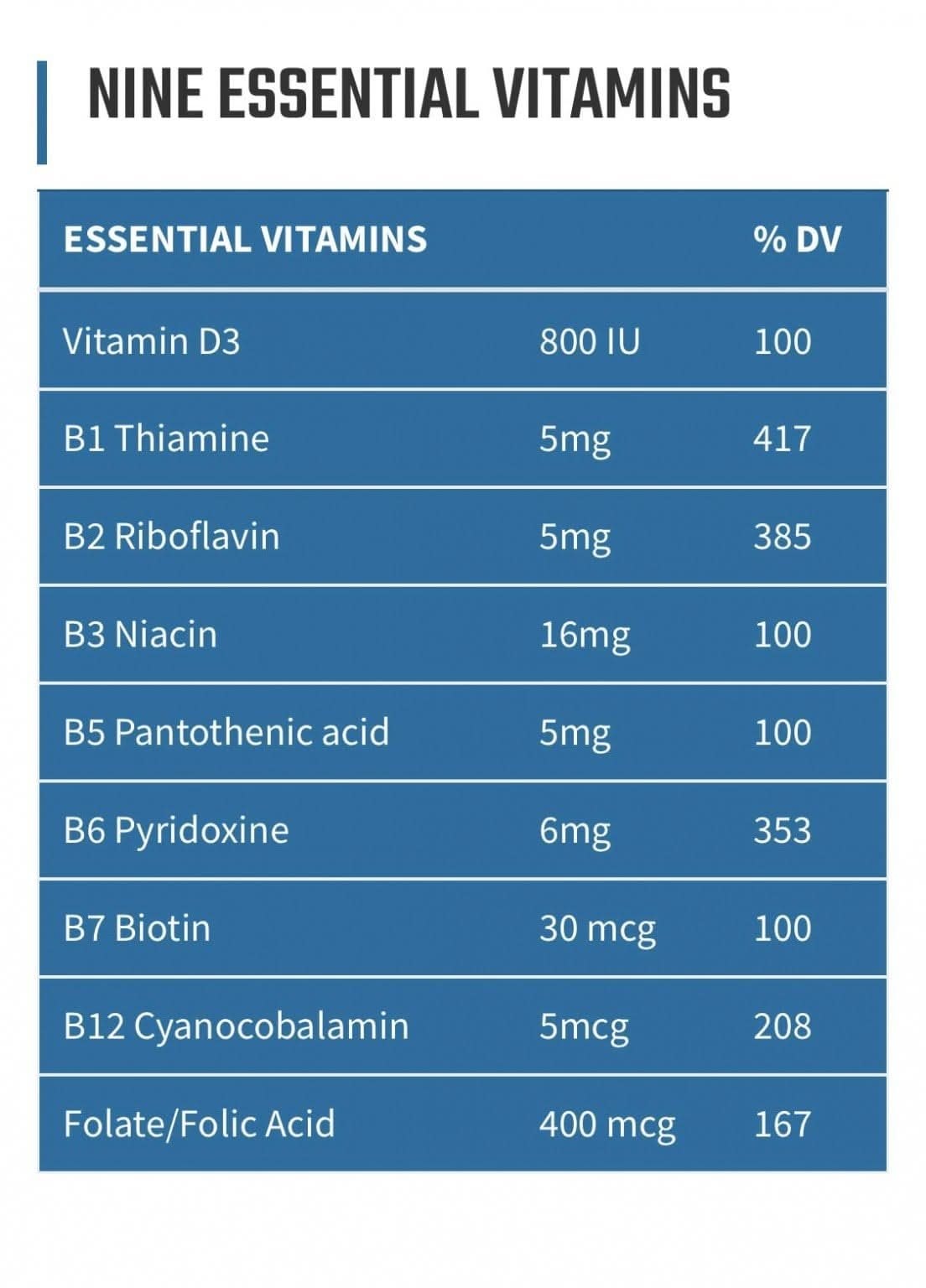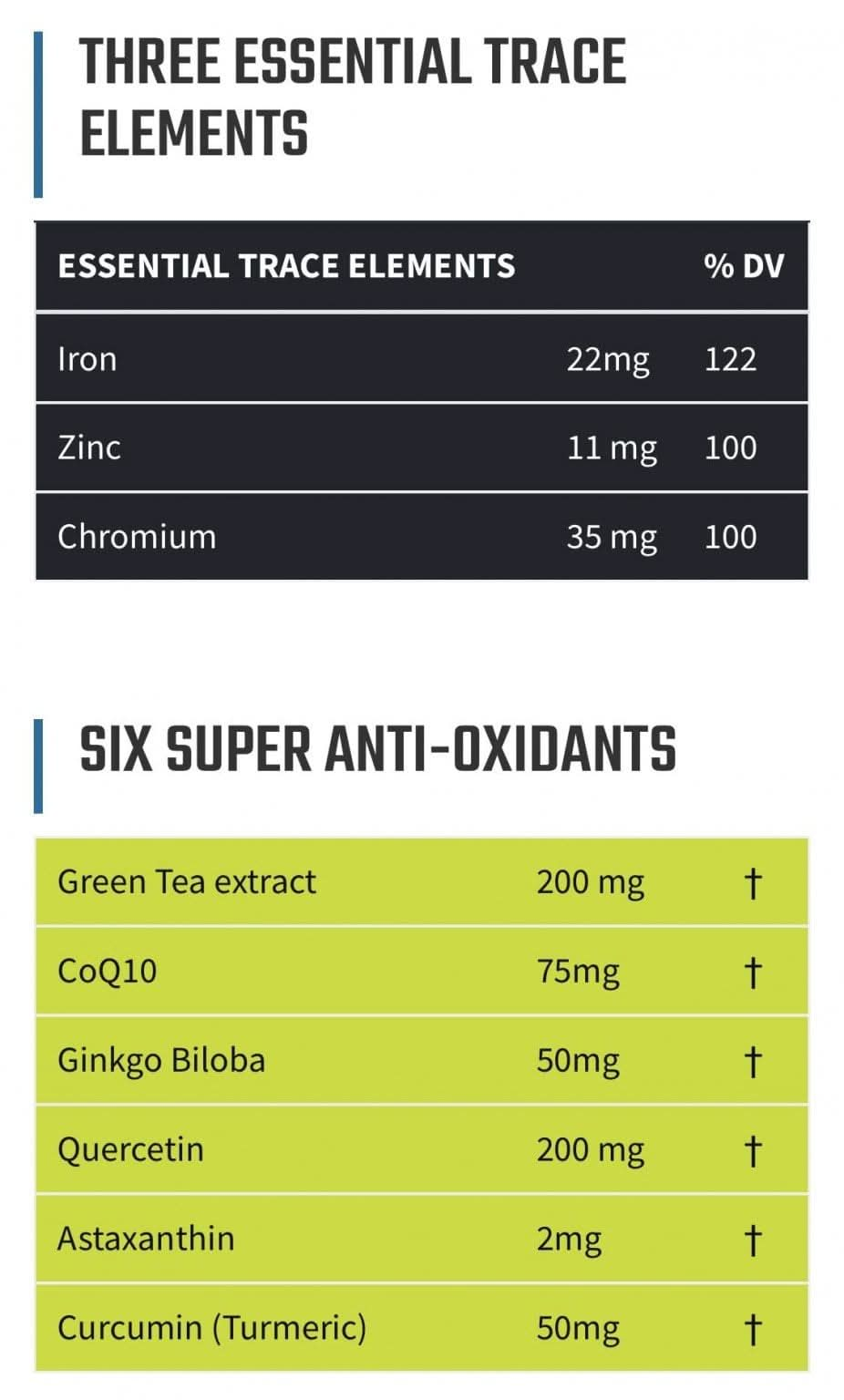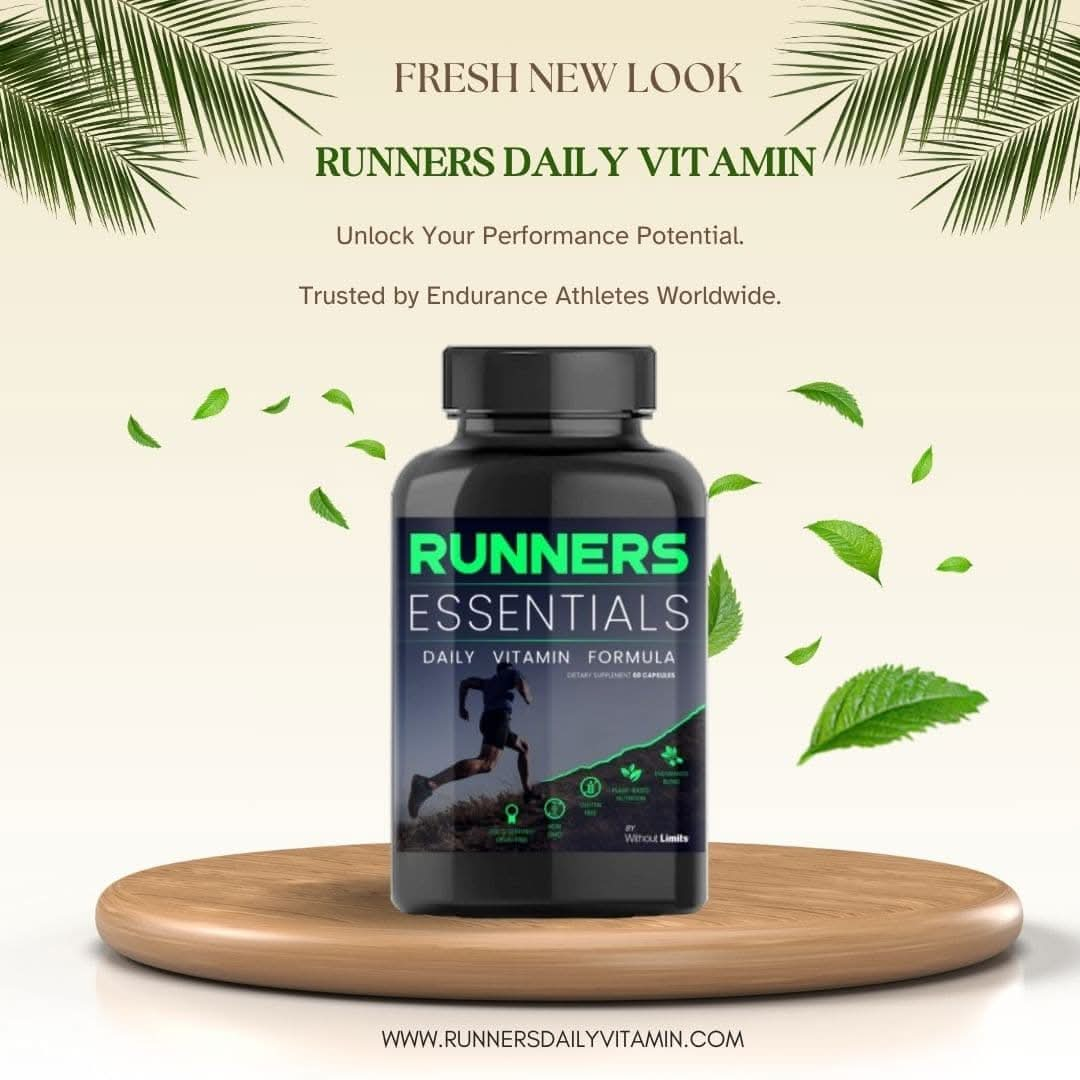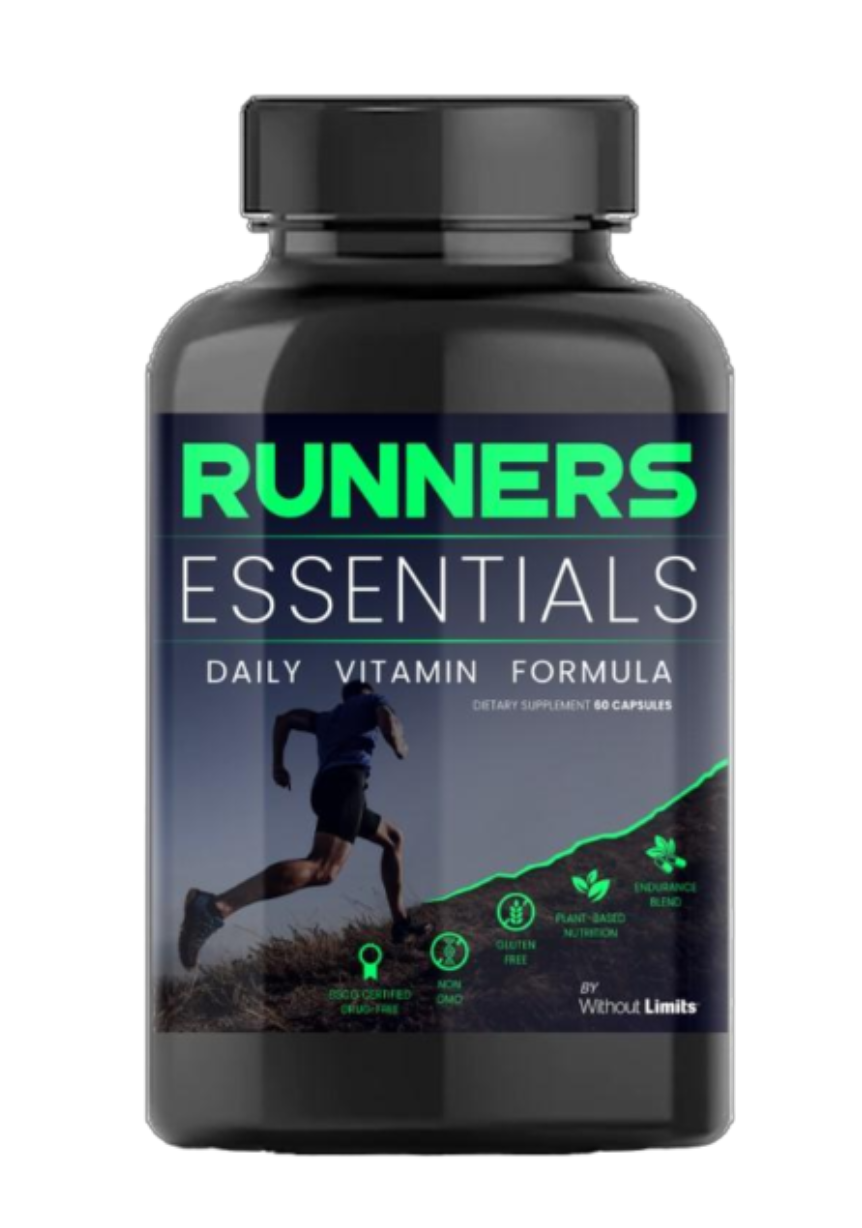Scott W. Tunis MD FACS |
Before we consider the answer to that question, we need to define the term “vitamin deficient”.
Vitamin deficiencies can be absolute, wherein there is a complete lack of an essential vitamin in the diet or partial, wherein there is a relative lack of an essential vitamin in the diet.
An absolute deficiency of any one of the 13 essential vitamins causes clinical disease with an identifiable syndrome of symptoms and signs. Absolute vitamin deficiencies are lethal in 90-120 days. That’s why they are called essential vitamins.
You may be surprised to discover that as recently as between 1900 and 1940 in the United States there were approximately 300,000 cases and 100,000 deaths from Vitamin B3 (Niacin) deficiency. The disease is called pellagra.
Fortunately, absolute vitamin deficiencies are a thing of the past in developed countries where food is abundant. Vitamin deficiency syndromes are seen nowadays only as secondary complications of other diseases, such as vitamin B12 deficiency in Pernicious Anemia in which there is a failure of the gastrointestinal tract to absorb adequate dietary B12.
An abundance of food high in simple carbohydrates and lipids, however, has led to other problems in developed countries, particularly in Western society. Let’s face it, our highways, shopping centers and neighborhoods are not exactly teeming with fresh fruit, vegetable, and whole grain stands. The result is obesity, diabetes mellitus, hypertension, and cardiovascular disease.
Despite the fact that as runners we are highly motivated to eat healthy and nutritious diets, too often our unyielding schedules, our commitments to family, faith, and work, and our sometimes limited dietary options can cause our diet to be low in essential vitamins.
Which brings us to the definition of “partially vitamin deficient”.
The human body cannot “store” most essential vitamins, particularly B vitamins. What you ate yesterday is gone today. 24 hours, that’s it. So, in order for your essential vitamin tank to be full every day, you need to consume 100% of the Daily Value every day. That’s why it’s called a Daily Value.
Partial vitamin deficiencies mean your level is below optimal, and this type of deficiency is actually quite common in the United States. Iron deficiency anemia has been estimated to be present in approximately 30% of young adults and 50% of reproductive age women. The National Health and Nutrition Examination Survey performed by the CDC found that the prevalence of mild deficiencies in vitamin B6 and B12 in the US population were 10% and 4% respectively. And that was considering everyone. Athletes have higher requirements for obvious reasons. Just as you need more calories to perform, you will need more nutrients as well. The Daily Value (DV) published by the Food and Drug Administration is for the “average person”. If you are reading this your activity level and your caloric and vitamin requirements are certainly greater than the average sedentary person.
We’ve all have bad days where our legs feel like concrete. Those days are easy to recognize. For whatever reason, you don’t “have it”. That’s life. You could go and spend a few thousand dollars and have all of your essential vitamin levels checked. And they might be normal… today. But those values would be relatively meaningless in a day or two, especially if your diet is different on a day to day basis.
But on the days you “feel fine” do you think you can tell when your performance is reduced by 10% as a result of sub-optimal nutrition? How about 5%… or even 2%? Almost certainly not. And while some of the factors that can subtly hinder your performance are beyond your control, nutritional and vitamin status is not one of them.
Oregon State University published a study in the International Journal of Sports Nutrition and Exercise Metabolism that found that even small vitamin B deficiencies in trained athletes reduced performance and recovery. Arizona State University Department of Nutrition published a study stating individuals with poor or marginal nutritional status in B-vitamins may have decreased ability to perform exercise at high intensities. And there’s a wealth of other good scientific data out there on essential vitamins in athletes that say the same thing.
Let’s talk results.
Suppose you are a dedicated recreational runner and you want to shave 5 minutes off your best half marathon time of 2 hours. In that case, you will want to improve your performance by about 4%.
Or let’s go to the next level. Suppose you are running junkie and you need to run a 3:40 marathon instead of a 3:45 so you can finally (!) qualify for Boston. That’s a faster time by about 2%.
You make all these sacrifices to be a dedicated runner. Time away from family and friends, money for equipment and fees, and blood, sweat and tears in training. Then you lace up your shoes to go on your run… or you pin on your bib to compete… and you are trying to improve your performance by as little 5%… or even 2%…
You do all of this and yet you are not certain that you have given your body’s metabolic engine 100% of the essential vitamins it needs to function at its best?
Fortunately it’s an easy fix. Take 100% of essential vitamins every day. A lot easier than fixing the nagging injuries that we are all trying to fix with limited success.
A final few final thoughts.
Say it’s been a rough week. So on Friday night you indulge a little bit and go all out on beer and pizza. Will your body have what it needs to crush that Saturday long run?
Or say you start carbohydrate loading 36 hours before your big race. You skip the high fiber (and vitamin rich) fruits and vegetables so as not to encounter any “unplanned emergency stops” on the route during the race. You know, watch the fiber.
What do you suppose your B vitamin levels will be on race day after eating nothing but spaghetti for a day and a half?
You may “feel just fine”.
But remember… 2% faster is all you need, right?

Get started today with a simple delivery and two capsules a day! Runners Essentials Daily Vitamin Formula.
Save 10% today with this coupon!
Más historias

Long Run Recovery – A Dietitian’s Perspective

21 Sneaky Signs You Had a Successful Workout
Una sinergia de la Ciencia, atletismo y Nutrición
vitaminas esenciales, antioxidantes de gran alcance, y adaptógenos productoras de energía combinados en una sola fórmula patentada diaria. Médico, nutricionista de atletas de elite y formulados y basados en la ciencia real.
No OGM y sin gluten. BSCG Certified Drug Free® .
